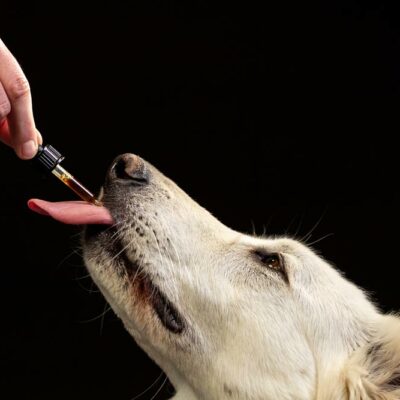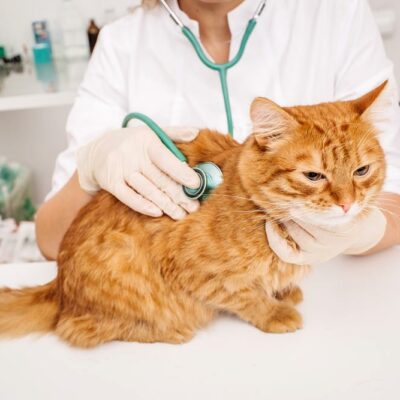
pets
8 Common Food Allergies in Dogs and Their Causes
Dogs also react to certain foods and are allergic to them, just like humans. Food allergies in dogs can trigger various symptoms, from itchy skin and severe gastrointestinal problems to behavioral issues. While there is no cure for food allergies in dogs, they are typically manageable by avoiding the identified allergen. New pet parents need to have their furry children tested for allergies. This article lists the causes and types of food allergies in dogs. Causes of allergies in dogs Here are a few causes of allergies in dogs: 1. Immune system Food allergies in dogs occur when the immune system misidentifies the protein as a harmful substance, causing inflammation in the body. This leads to physical changes in the dog’s body, such as redness, swelling, and itching. 2. Genetics Although dogs can develop food allergies at any age, certain breeds, such as Labrador Retrievers, Golden Retrievers, Collies, and English Springer Spaniels, are prone to food allergies. Genetics may also determine whether a dog is more likely to develop a food allergy. If the dog’s parents or siblings have food allergies, they are at risk, no matter what breed they are. Types of food allergies Here are a few types of food allergies to know about:
Read More 















